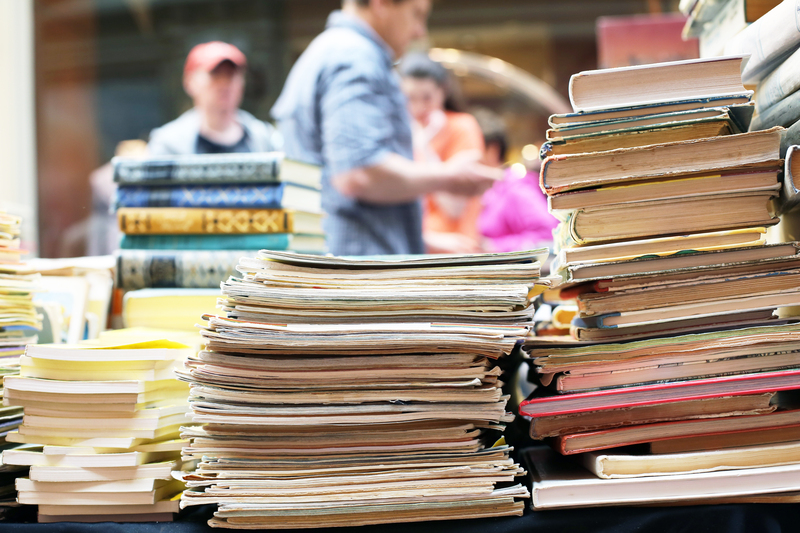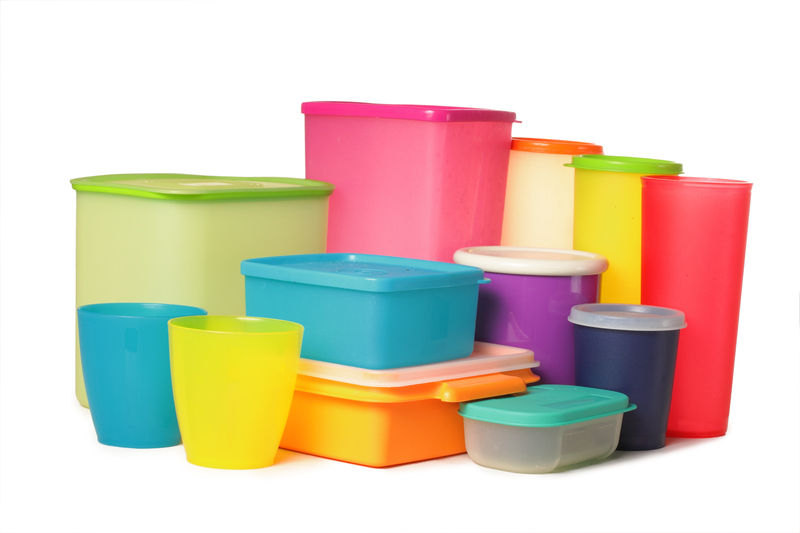Waste Not, Want Not: Exploring the World of Recycled Art
Posted on 06/09/2024
In the world of art, creativity knows no bounds. Artists find inspiration in the most unlikely places and can transform seemingly ordinary objects into extraordinary works of art. One such form of art that has gained popularity in recent years is recycled art.
Recycled Art
Recycled art, also known as upcycled or repurposed art, is defined as the process of taking discarded materials and turning them into something new and unique. This could include anything from using old newspapers to create a collage, to turning plastic bottles into a sculpture. The possibilities are endless, and this form of art not only showcases the talent and imagination of the artist but also promotes sustainable living.

A Medium to Raise Awareness
In today's world where climate change and environmental degradation are pressing issues, recycled art serves as a powerful medium to raise awareness about the importance of reducing waste and conserving resources. By showcasing how discarded materials can be given a new life, recycled art promotes the idea of "waste not, want not" - a concept that encourages us to use our resources wisely and avoid unnecessary wastage.
Positive Impact
One of the most significant advantages of recycled art is its positive impact on the environment. Every time an artist chooses to create something out of discarded materials, it means one less item in a landfill or ocean. With recycling becoming increasingly challenging due to contaminated waste and limited space for landfills, upcycling offers an excellent alternative solution. It reduces the strain on natural resources while also reducing pollution caused by waste disposal.

Explore Creativity
Moreover, recycled art has also opened up avenues for artists to explore their creativity without breaking the bank. Art supplies can be expensive, but with recycled materials readily available, artists can create stunning pieces at a fraction of the cost. This accessibility makes this form of art more inclusive and allows emerging artists to showcase their talents without financial constraints.
However, like any other form of art, recycled art also has its drawbacks. One major challenge faced by artists is finding suitable materials to work with. Not all discarded materials can be easily transformed into art, and artists must carefully select and prepare their materials before starting a project. This process can be time-consuming and may require additional skills such as woodworking or welding.
Another disadvantage is the lack of durability of some recycled materials. While plastic and metal can be molded and shaped into long-lasting pieces, paper-based crafts may not stand the test of time. This becomes a concern for art collectors who are looking for pieces to last for generations.
For those interested in creating recycled art, here are a few tips to get started:
1. Start small: Begin with simple projects that use readily available materials like paper or plastic bottles. As you gain experience, you can move on to more complex pieces.
2. Collect a variety of materials: Keep an eye out for potential material sources such as old magazines, broken electronics, or scraps from construction sites.
3. Get creative with your preparation: For materials such as cardboard or newspaper, consider painting or using decoupage techniques to make them more durable and visually appealing.
4. Combine different materials: Don't restrict yourself to one type of recycled material. Experiment with combining different elements to create unique and eye-catching pieces.
5. Attend workshops or classes: If you're new to recycled art, attending a workshop or class can help you learn new techniques and connect with other artists.
In conclusion, recycled art is not just about creating beautiful pieces; it is also about making a positive impact on the environment while promoting sustainability. It challenges us to rethink our consumerist habits and encourages us to see beauty in unconventional places. So the next time you think about throwing something away, remember that it could have the potential to become a piece of art in the hands of a talented artist.
Takeaways:
- Recycled art involves repurposing discarded materials into unique works of art.
- It promotes sustainable living by reducing waste and conserving resources.
- Some advantages of recycled art include its positive impact on the environment and its accessibility for artists.
- However, challenges such as finding suitable materials and durability need to be considered.
- Tips for creating recycled art include starting small, collecting a variety of materials, and attending workshops or classes.
In today's world, where the need for sustainable living is more critical than ever, recycled art serves as a powerful reminder to "waste not, want not." We must continue to explore and support this unique form of art that not only adds beauty to our lives but also plays a part in preserving our planet for future generations.






